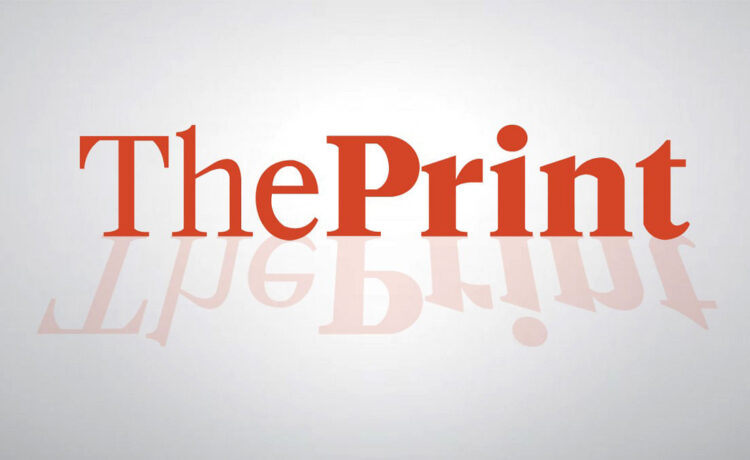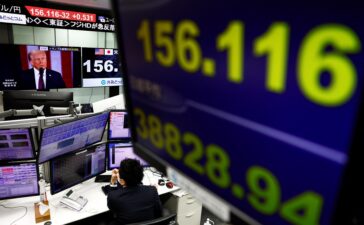By Wayne Cole
SYDNEY (Reuters) – The dollar nursed broad losses on Tuesday after U.S. President Donald Trump stopped short of imposing new tariffs and reports suggested any new taxes would be imposed in a “measured” way, a major relief for trade-exposed currencies.
Yields on 10-year Treasuries fell 6 basis points to 4.56% as investors had been worried a rapid imposition of tariffs would risk rekindling inflation.
Trump used his inauguration speech to announce emergencies on immigration and energy and a more expansionist foreign policy, including a pledge to take back the Panama Canal.
Yet there was only a brief mention of tariffs in Trump’s inauguration speech and a following memo merely directed agencies to investigate and remedy persistent trade deficits.
Stand with Independent Journalism
Your contribution helps us bring you accurate, impactful stories and on-the-ground reporting. Support the work that keeps journalism free, fair, and fearless.
“It doesn’t mean tariffs won’t be imposed, but it has been taken as an indication towards gradualism and against universality,” said Taylor Nugent, a senior markets economist at National Australia Bank.
The reaction in markets was swift, with the dollar index falling 1.2% on Monday in the sharpest daily loss since late 2023. The index last stood at 108.010, just above support around 107.70.
The euro was up at $1.0421, having rallied 1.4% overnight to test resistance at $1.0435. The EU runs a sizable trade surplus with the United States and was seen as a major target for Trump’s tariffs.
Likewise, Trump had threatened China with tariffs of up to 60% so the absence of any hard numbers saw the dollar ease to 7.2624 yuan, having shed 1% overnight.
The Australian and New Zealand dollars, both open countries that rely heavily on trade, saw gains of around 1.5%.
The dollar fared relatively better on the Japanese yen at 155.30, having dipped only 0.4% overnight.
The yen had made gains last week on growing expectations the Bank of Japan would raise rates at its policy meeting this Friday.
The lack of concrete tariff measures turned investors a little more dovish on the U.S. rate outlook. Futures added about 4 basis points of extra Federal Reserve easing this year, putting rates at 3.90% by December.
The probability of a quarter-point cut as early as May edged up to around 50%, from 31% a week earlier.
“There will be a huge amount for markets to digest this week, but if the implementation of trade and immigration policy does not negatively disrupt supply chains and the labour force, financial markets may unwind some of their recent inflation caution,” analysts at ANZ wrote in a note.
Trump’s support for crypto currencies helped bitcoin hit a record high on Monday at $109,071.86, before easing back to $102,000 in Asia on Tuesday.
(Reporting by Wayne Cole; Editing by Himani Sarkar)
Disclaimer: This report is auto generated from the Reuters news service. ThePrint holds no responsibility for its content.















